Optimal Timing for Waterproofing Projects
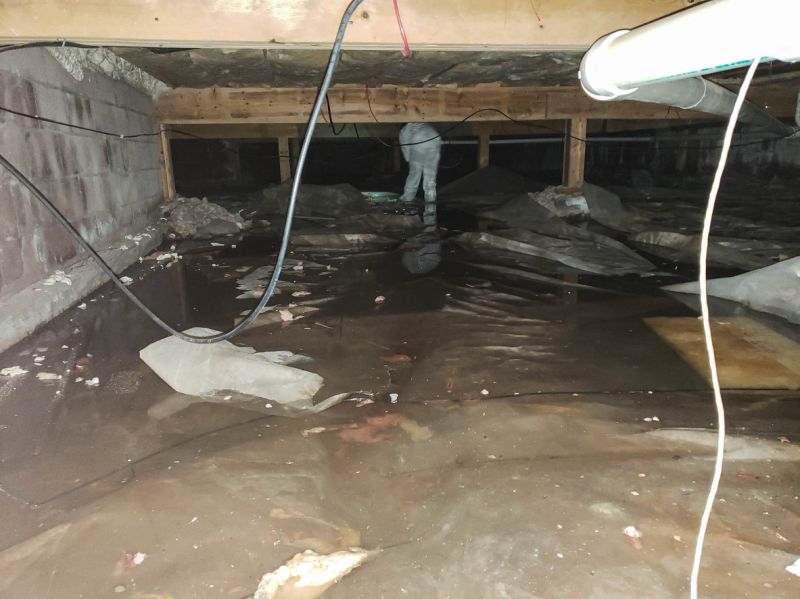
Ways to make Waterproofings work in tight or awkward layouts.
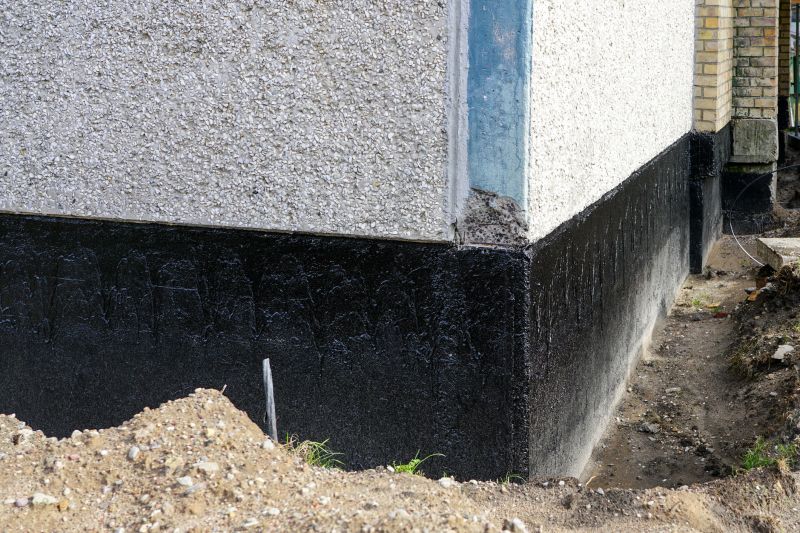
Popular materials for Waterproofings and why they hold up over time.
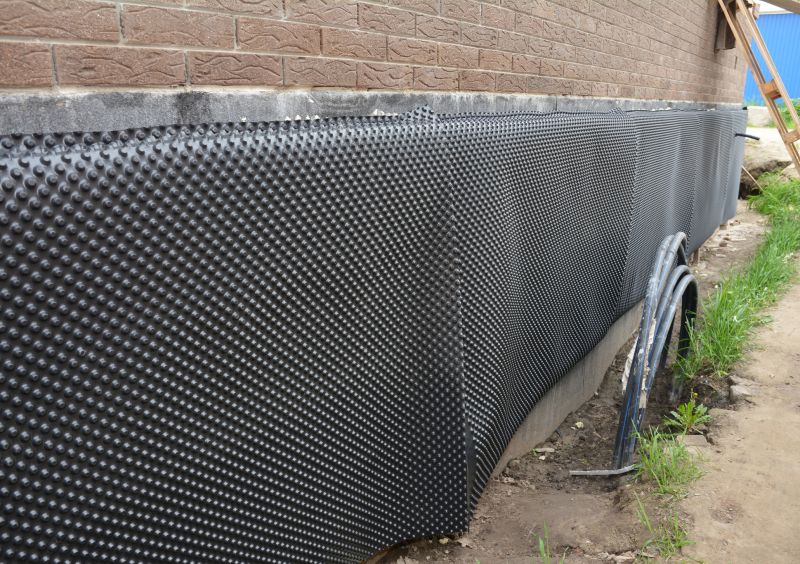
Simple add-ons that improve Waterproofings without blowing the budget.
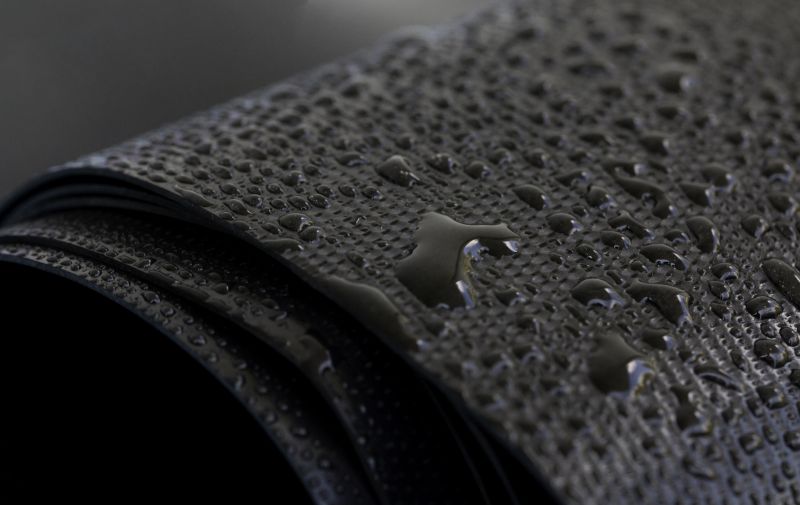
High-end options that actually feel worth it for Waterproofings.

Finishes and colors that play nicely with Waterproofings.
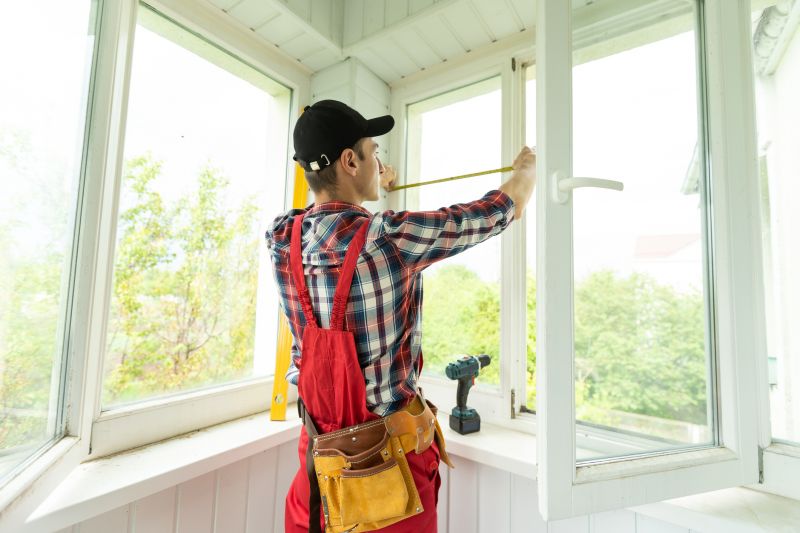
Little measurements that prevent headaches on Waterproofings day.
Waterproofing is a critical process to protect structures from water intrusion, which can lead to damage, mold growth, and structural deterioration. Proper waterproofing extends the lifespan of buildings and reduces maintenance costs. It involves applying specialized membranes, sealants, or coatings to surfaces vulnerable to water penetration, such as foundations, roofs, and basements. The effectiveness of waterproofing depends on correct application and timing, making the selection of the optimal period essential.
Statistics indicate that waterproofing projects completed during optimal weather conditions tend to have higher durability and fewer issues over time. Moisture-related problems can compromise building integrity, leading to costly repairs. Therefore, understanding the best time to undertake waterproofing is vital for ensuring long-term protection and performance.
Spring and early fall are optimal times due to moderate temperatures and lower humidity, allowing materials to cure properly.
Heavy rain, freezing temperatures, or high humidity can hinder adhesion and curing, reducing waterproofing effectiveness.
Most waterproofing products perform best between 50°F and 85°F, ensuring proper application and adhesion.
Low to moderate humidity levels are preferred to prevent moisture from affecting the application process.
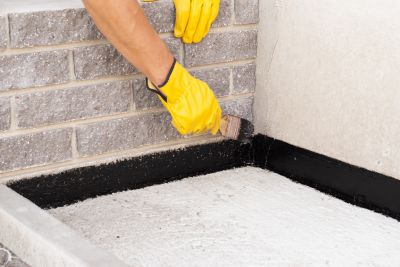
A 60-second routine that keeps Waterproofings looking new.
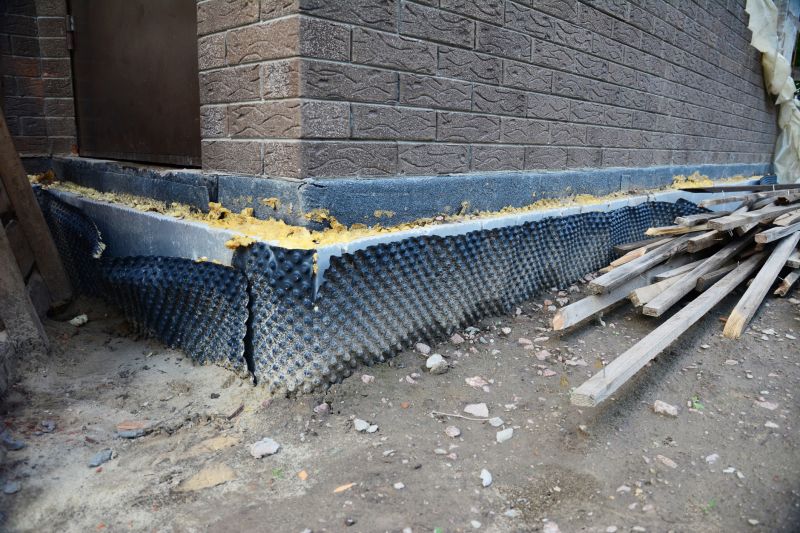
A frequent mistake in Waterproofings and how to dodge it.
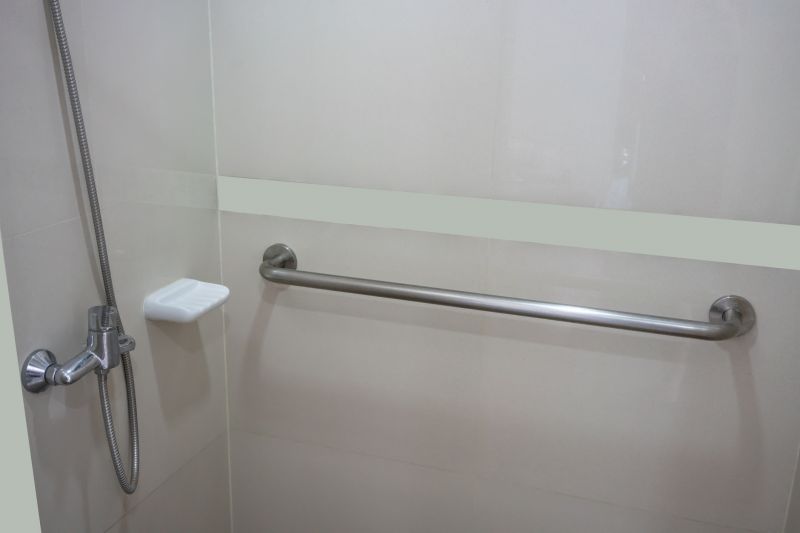
Small tweaks to make Waterproofings safer and easier to use.

Lower-waste or water-saving choices for Waterproofings.

The short, realistic tool list for quality Waterproofings.

Rough timing from prep to clean-up for Waterproofings.
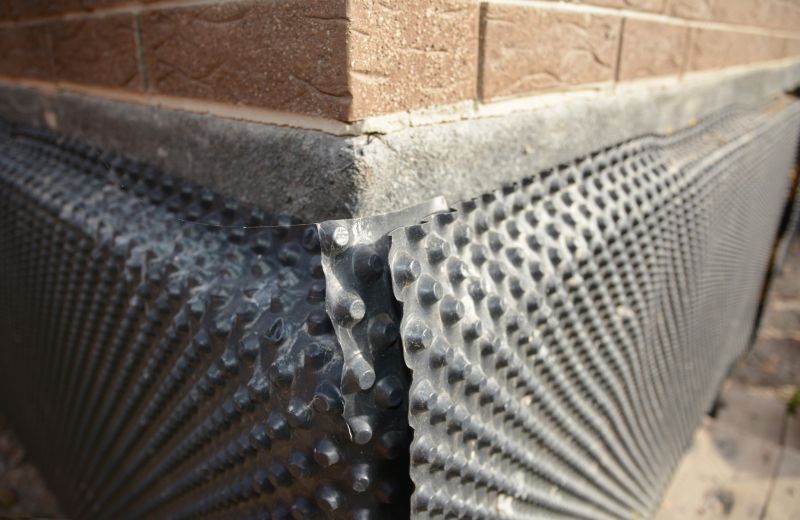
Quick checks and paperwork to keep after Waterproofings.
| Season | Advantages |
|---|---|
| Spring | Moderate temperatures and lower humidity facilitate proper curing. |
| Early Fall | Ideal conditions for applying waterproofing before winter. |
| Late Summer | Good weather, though high temperatures may require precautions. |
| Winter | Generally not recommended due to freezing temperatures and moisture risk. |
| Summer | Can be suitable if temperatures are within recommended range and humidity is low. |
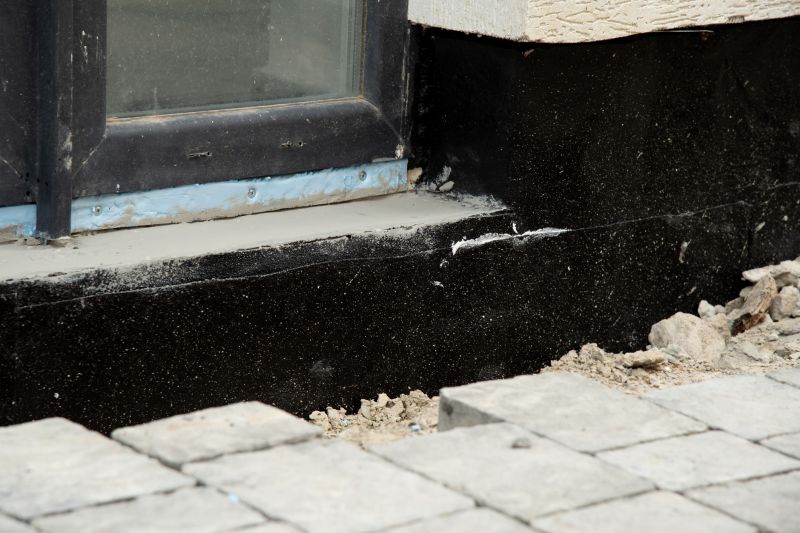
Examples that show the impact a good Waterproofings can make.
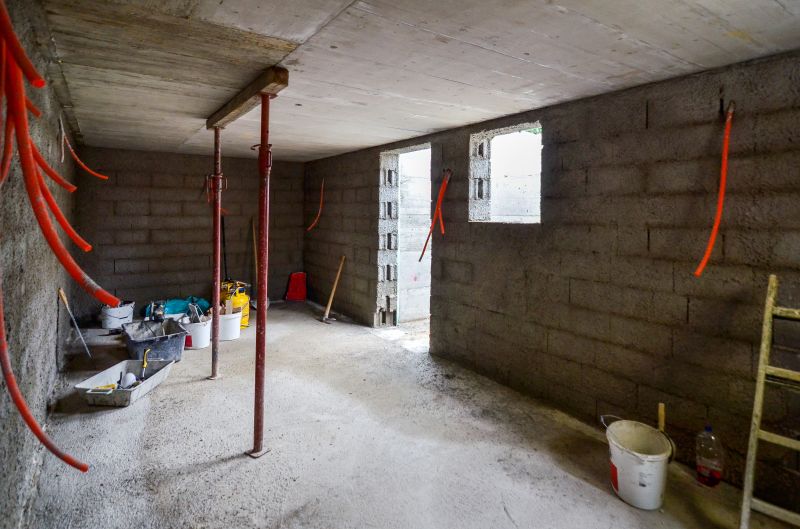
Ways to make Waterproofings work in tight or awkward layouts.
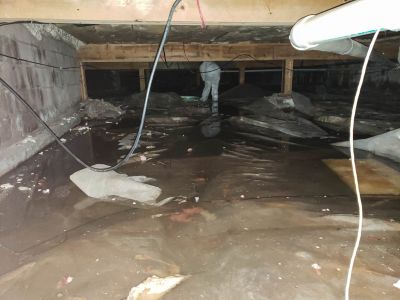
Ways to make Waterproofings work in tight or awkward layouts.
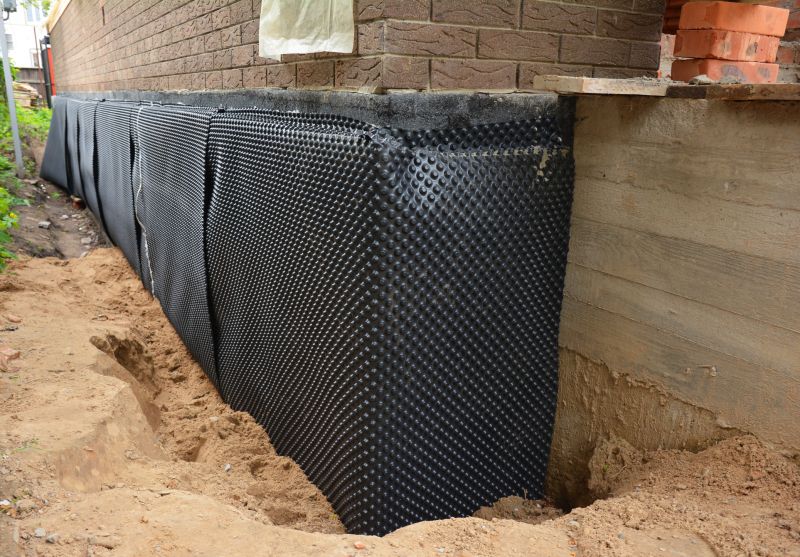
Ways to make Waterproofings work in tight or awkward layouts.
Interested in waterproofing services? Filling out the contact form provides an opportunity to discuss project specifics, schedule, and options for optimal protection against water intrusion. Proper planning and timing are essential for ensuring long-lasting results.


